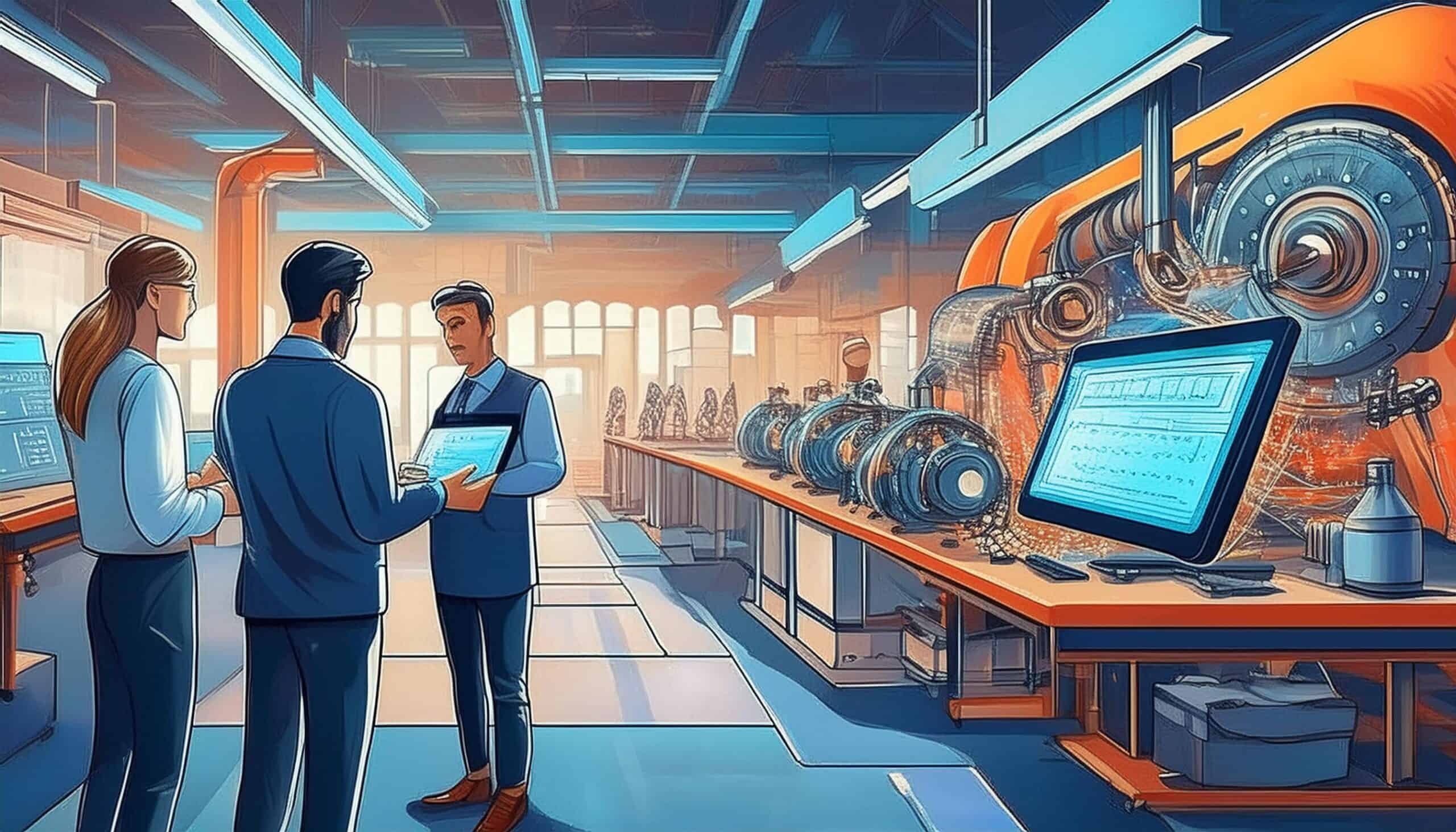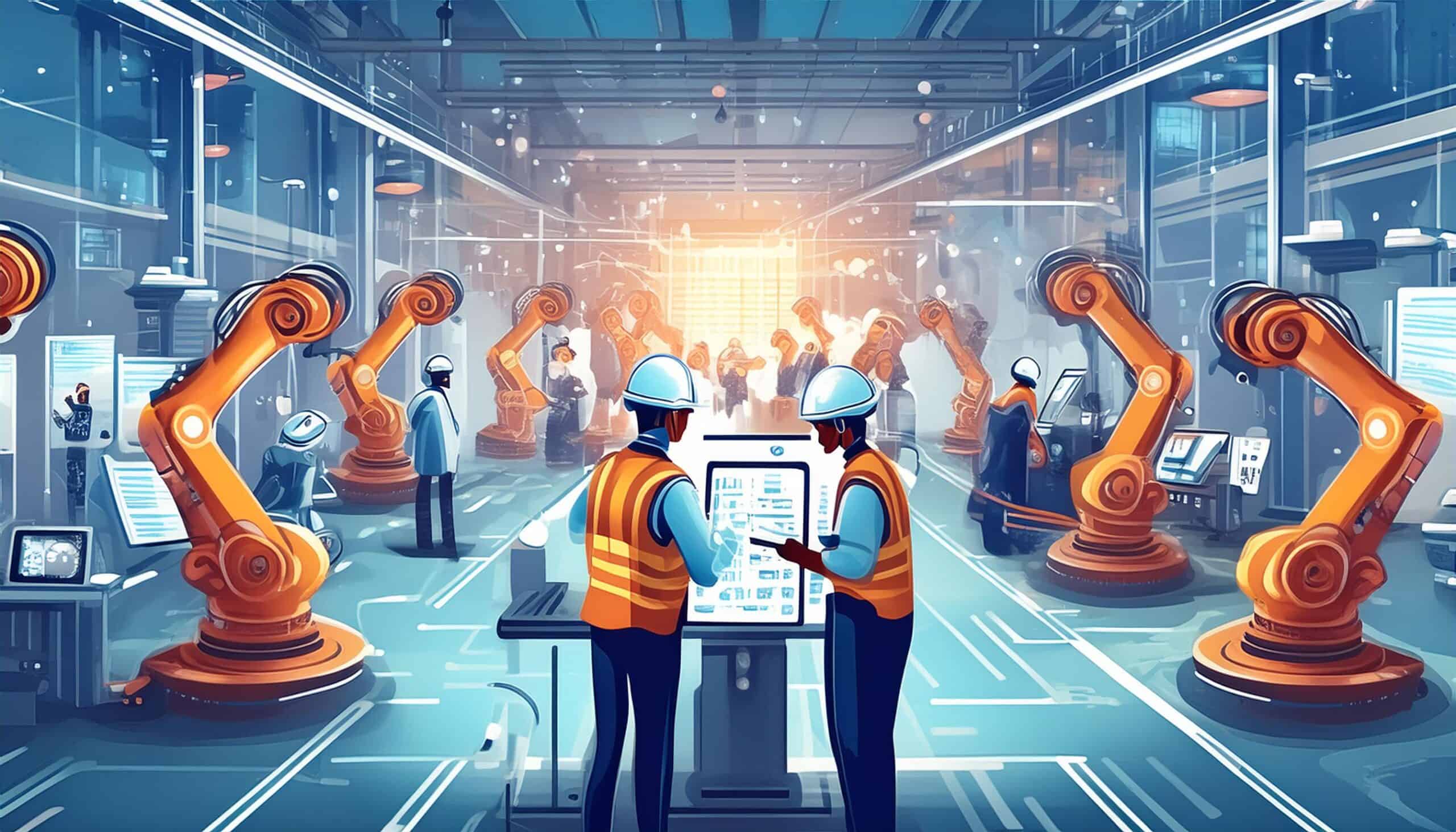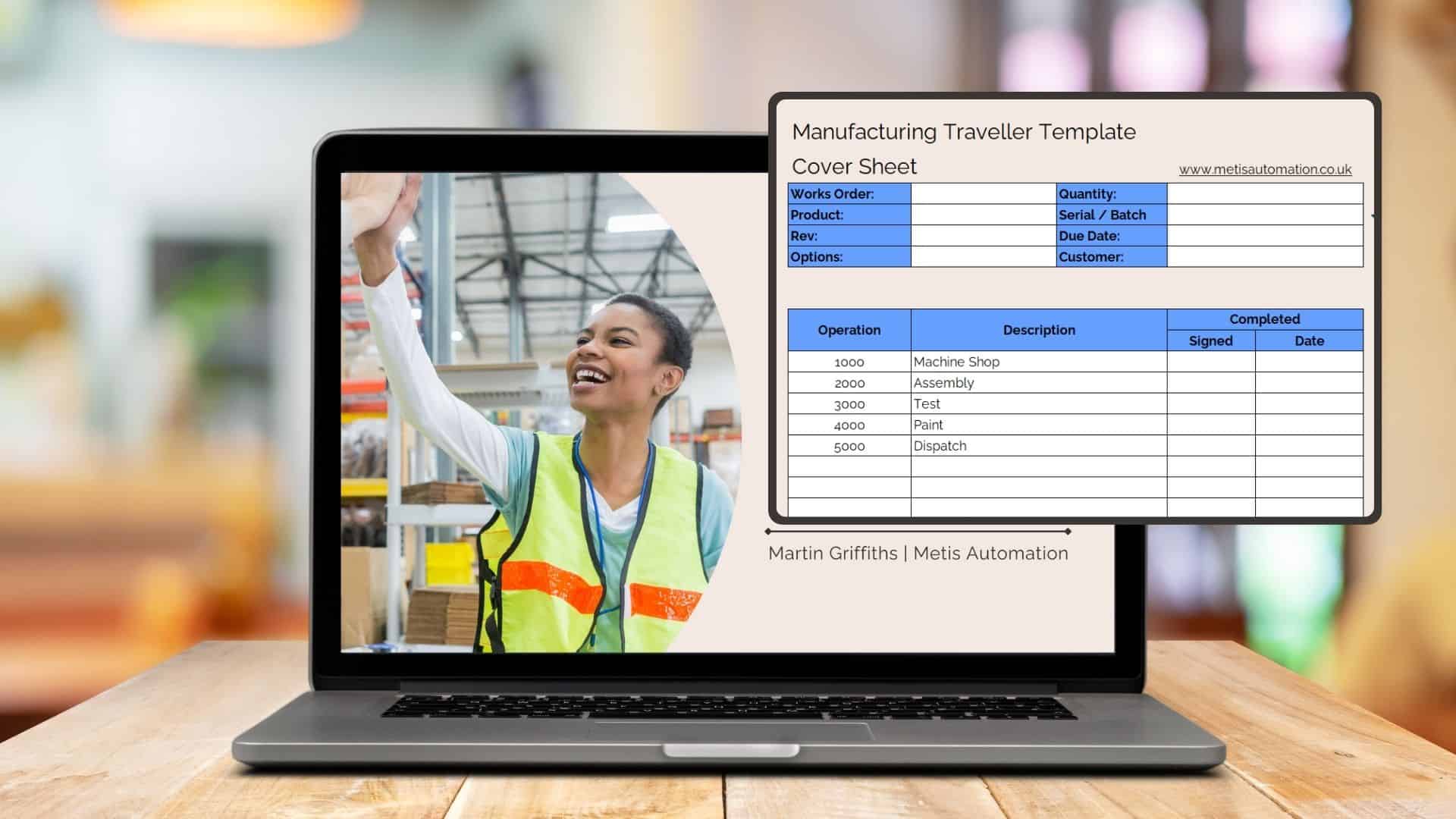Why Your Factory Needs a Paperless Manufacturing System

In today’s manufacturing industry, efficiency, accuracy, and sustainability are more crucial than ever.
The traditional paper-based methods are not only cumbersome and prone to errors but also environmentally unfriendly.
Enter the paperless manufacturing system – a digital solution that transforms the way factories operate by streamlining processes, reducing waste, and enhancing productivity.
This article delves into why your factory needs to adopt a paperless manufacturing system and provides actionable steps on how to implement it effectively.
Embrace Digital Efficiency
Begin your transition to a
paperless manufacturing environment
with our Digital Transformation Starter Kit.
How to Implement a
Paperless Manufacturing System

Plan Your Paperless Transition
Use our Starter Kit’s tools to assess your current processes and plan a seamless shift to a paperless system, enhancing efficiency and reducing costs.
How to Implement a Paperless Manufacturing System
1. Assess and Plan

Start by analysing your current manufacturing processes to identify areas where paper is heavily used. Common areas include production orders, quality control documents, inventory management, and maintenance logs.
Define what you aim to achieve with a paperless system. Objectives might include reducing operational costs, improving data accuracy, enhancing real-time monitoring, and minimising environmental impact.
Research and select a paperless manufacturing system that aligns with your objectives and is compatible with your existing infrastructure. Ensure the system supports integration with your current software and machinery.
How to Implement a Paperless Manufacturing System
2. Digitalise Documentation

Use document scanning and optical character recognition (OCR) technology to convert all existing paper documents into digital files. Organise these files in a centralised, easily accessible digital repository.
Replace paper-based workflows with digital ones. Utilise electronic forms, digital signatures, and automated data entry to streamline processes. Ensure that all employees are trained on how to use the new digital tools effectively.
Store your digital documents and data in the cloud to ensure they are accessible from anywhere at any time. Cloud storage also offers enhanced security features, including data encryption and regular backups.
Digitalise Your
Manufacturing Documents
Leverage our Excel templates to convert and manage your documents digitally, paving the way for more streamlined, error-free operations.
How to Implement a Paperless Manufacturing System
3. Integrate and Automate

Ensure seamless integration between your paperless manufacturing system and other critical systems, such as enterprise resource planning (ERP), manufacturing execution systems (MES), and supply chain management (SCM) software.
Utilise sensors, IoT devices, and machine-to-machine (M2M) communication to automate data collection on the shop floor. Automated reporting tools can provide real-time insights into production performance, quality metrics, and inventory levels.
Continuously monitor the performance of your paperless system. Use data analytics to identify bottlenecks, inefficiencies, and areas for improvement. Regularly update and refine your digital processes to ensure they remain aligned with your manufacturing goals.
Final Thoughts
Adopting a paperless manufacturing system is no longer just an option; it’s a necessity for factories aiming to stay competitive in the modern industrial landscape.
By transitioning to digital processes, manufacturers can achieve significant improvements in efficiency, accuracy, and sustainability.
The journey to a paperless factory involves careful planning, digitalising documentation, and integrating advanced technologies to automate and optimise operations. Embrace the change today to unlock the full potential of your manufacturing capabilities and drive your factory towards a smarter, greener future.
Let’s Talk Tascus
Want to see how Tascus can cut errors,
speed up production, and simplify
compliance in your factory?





